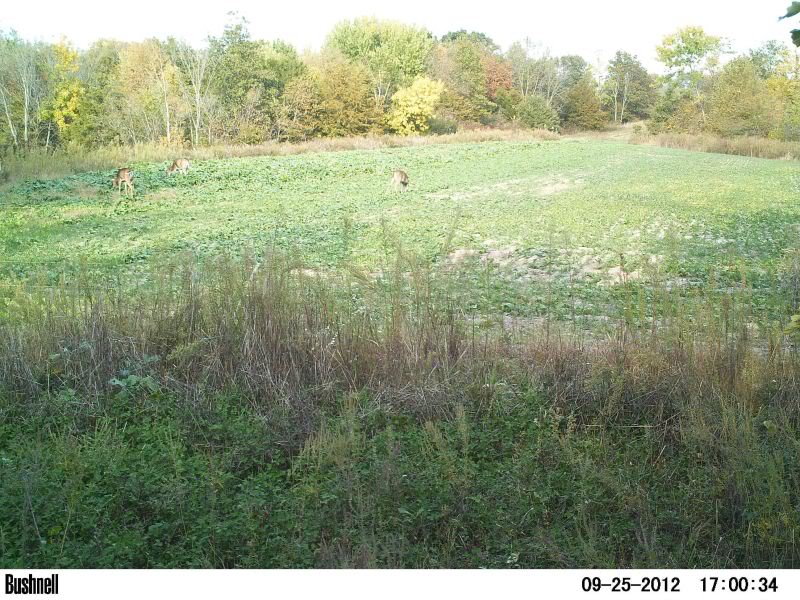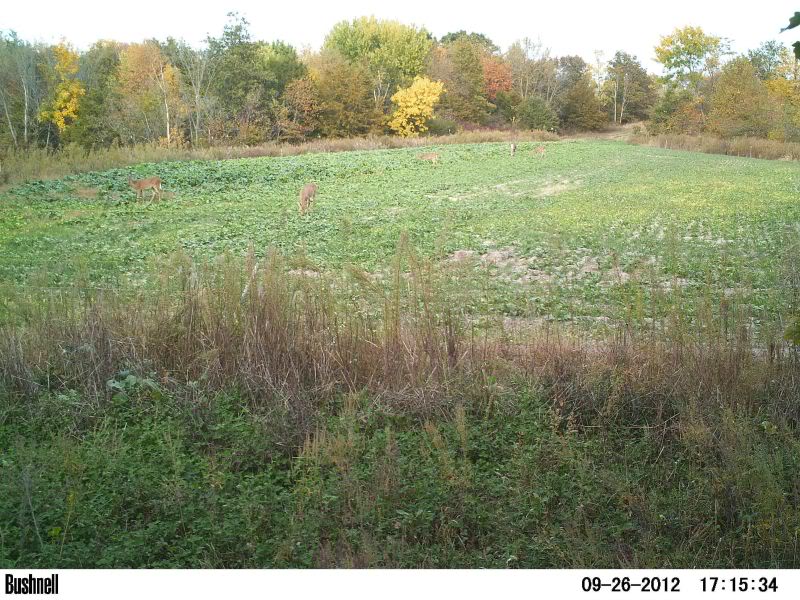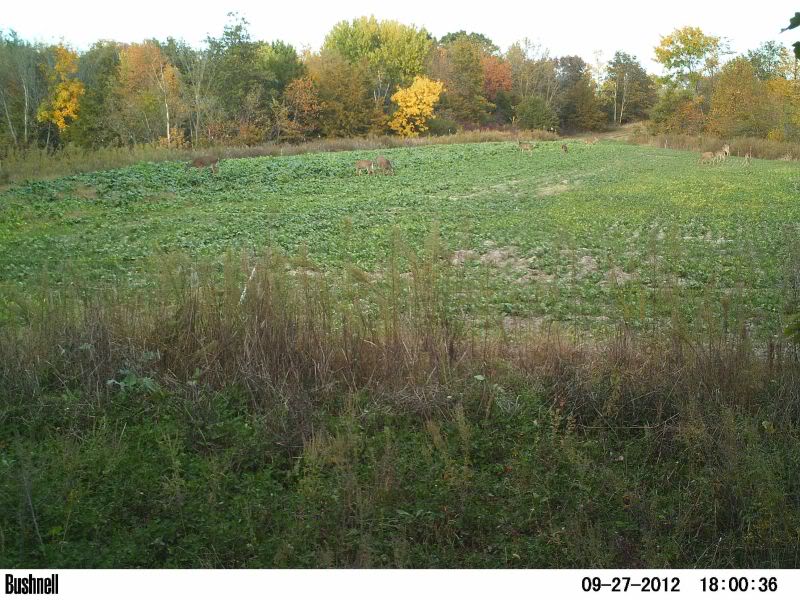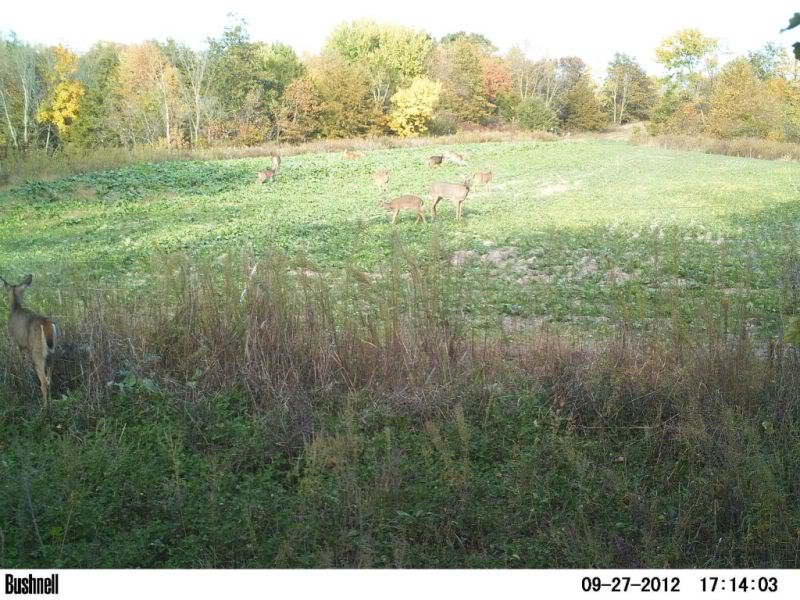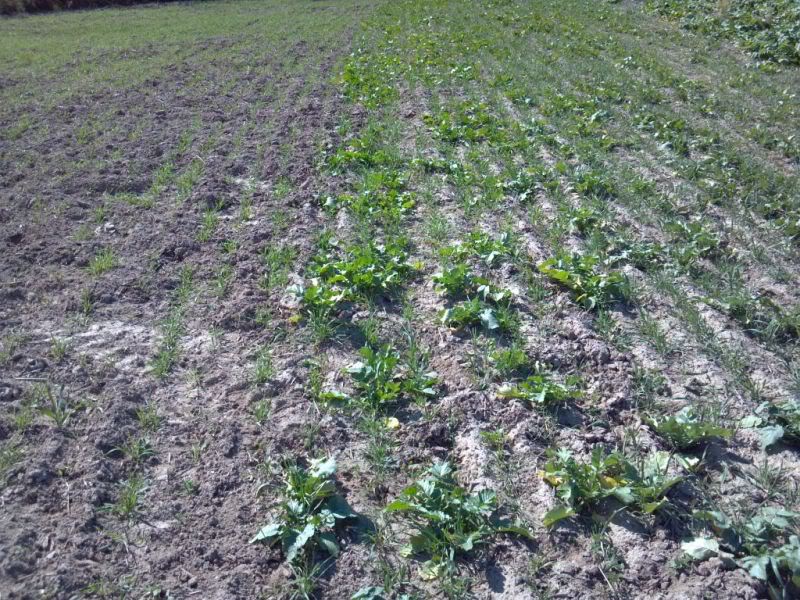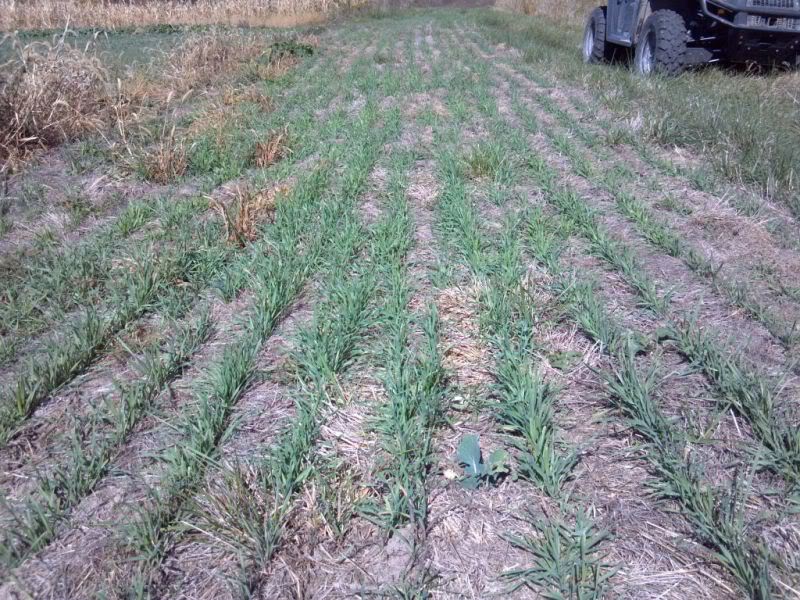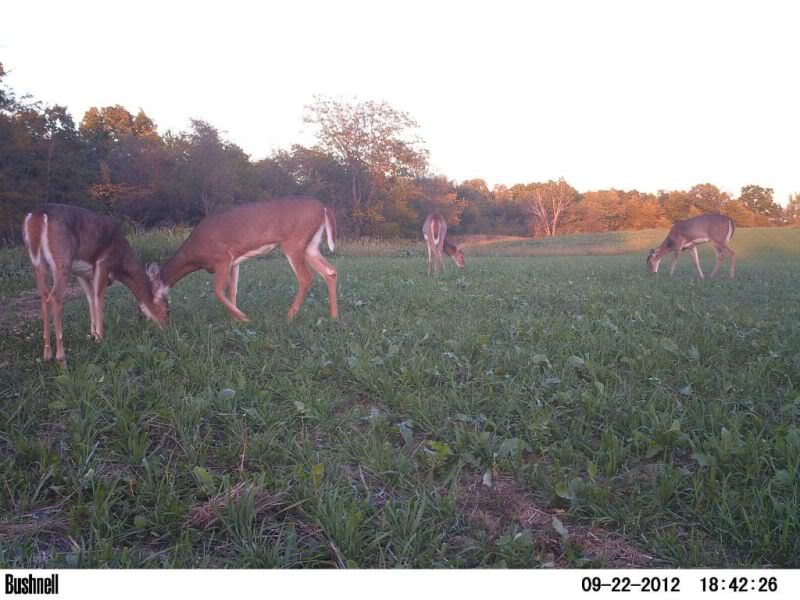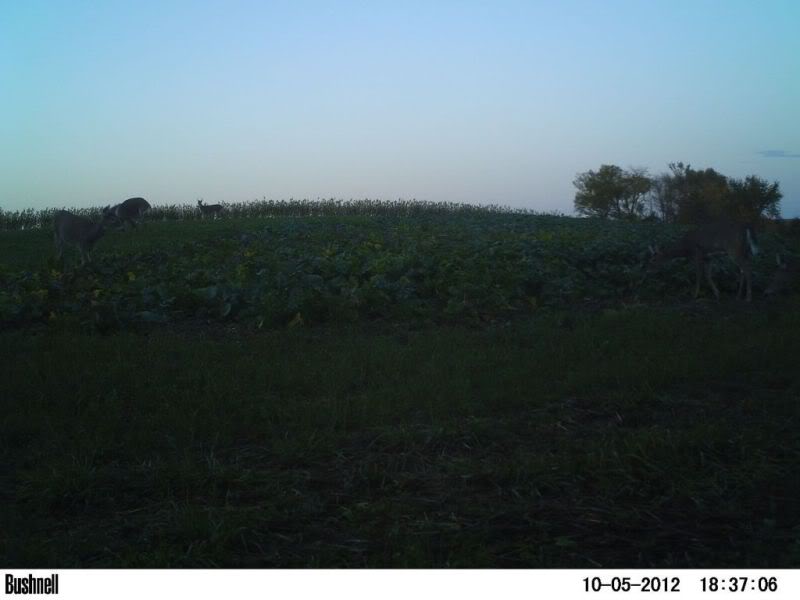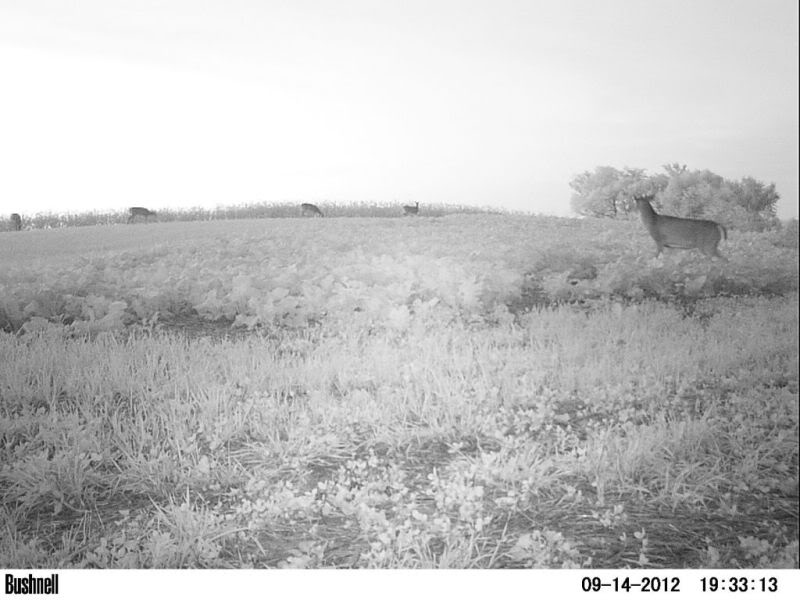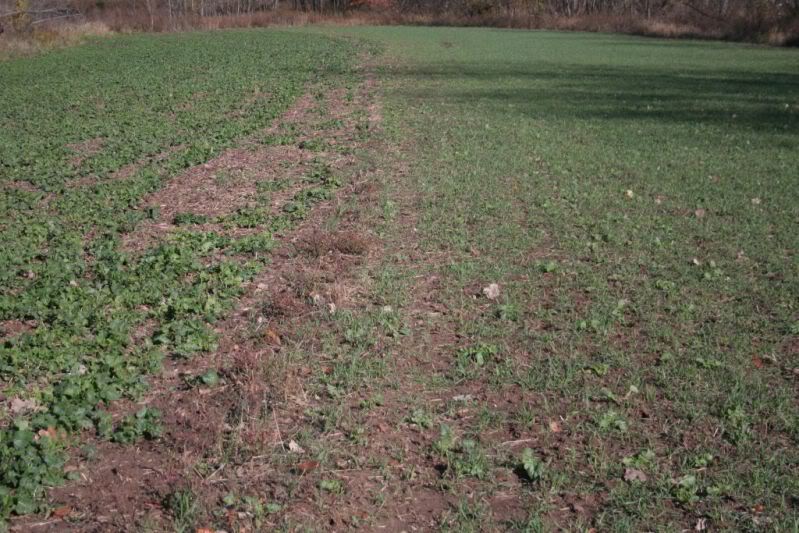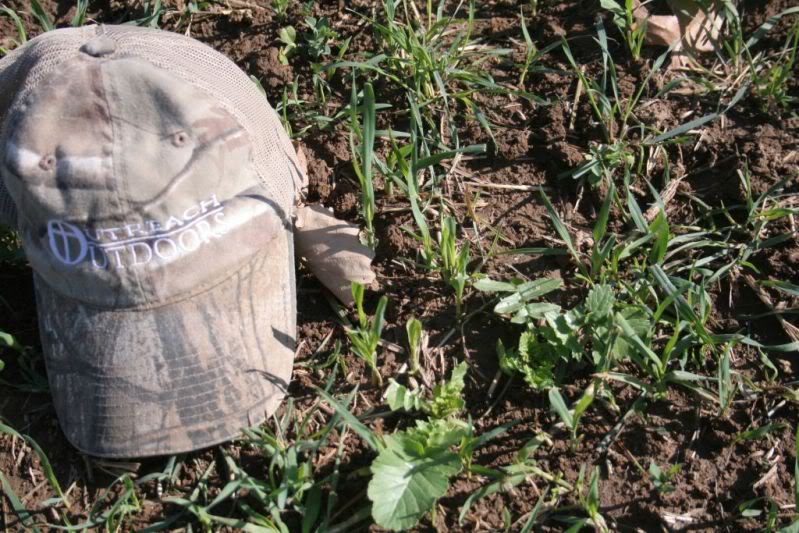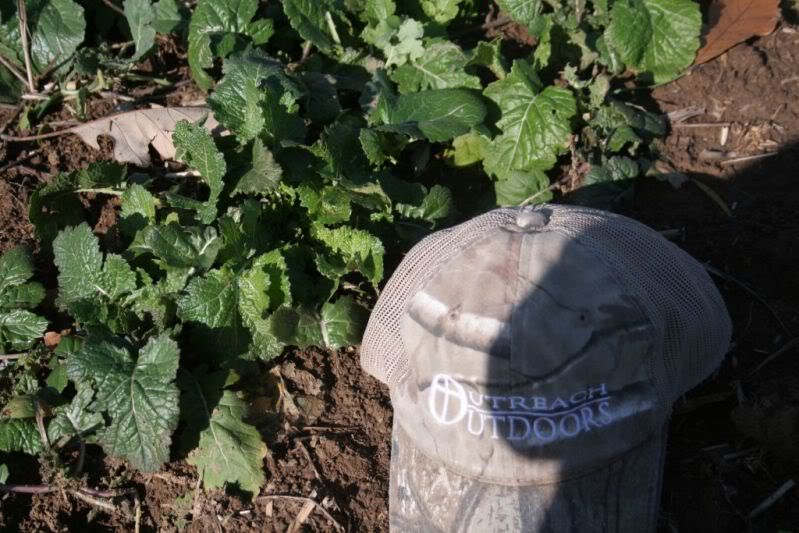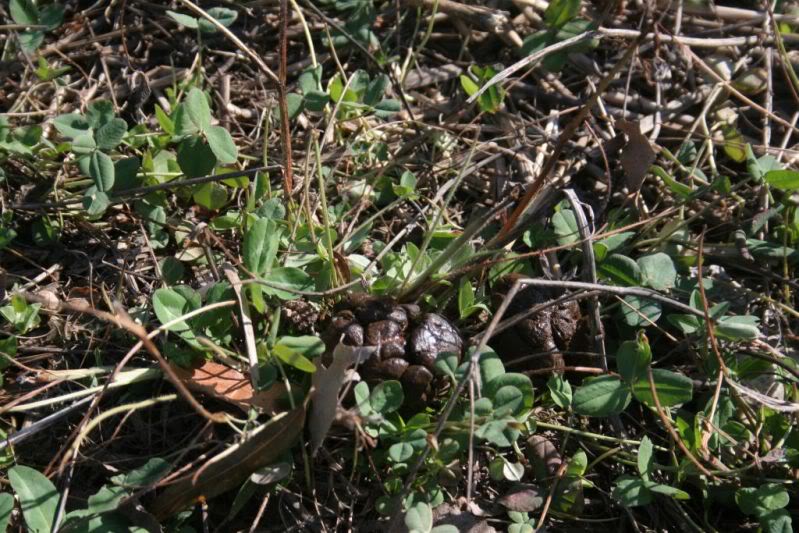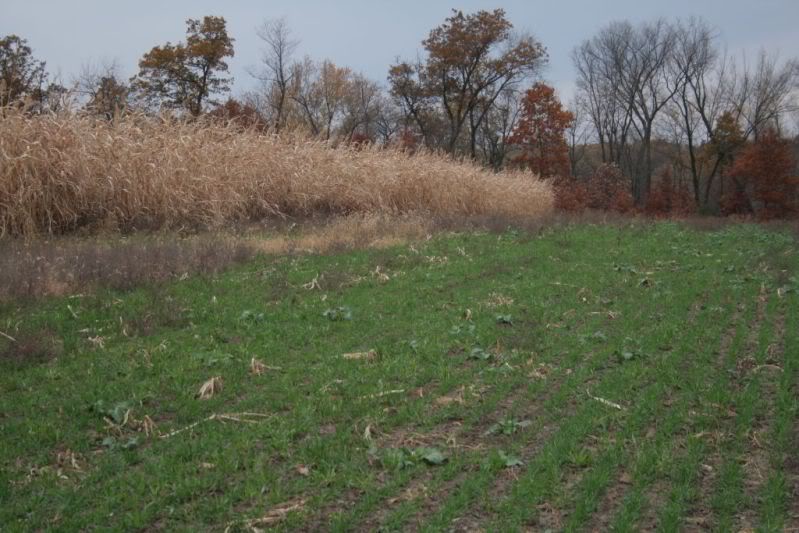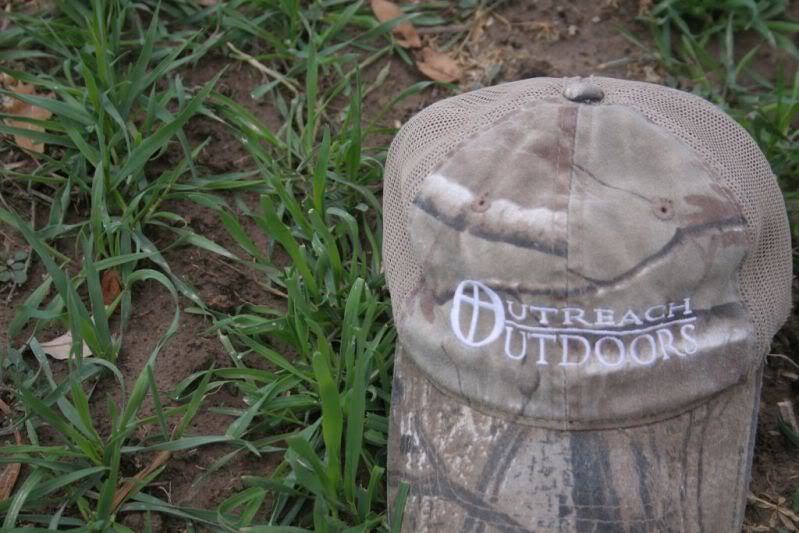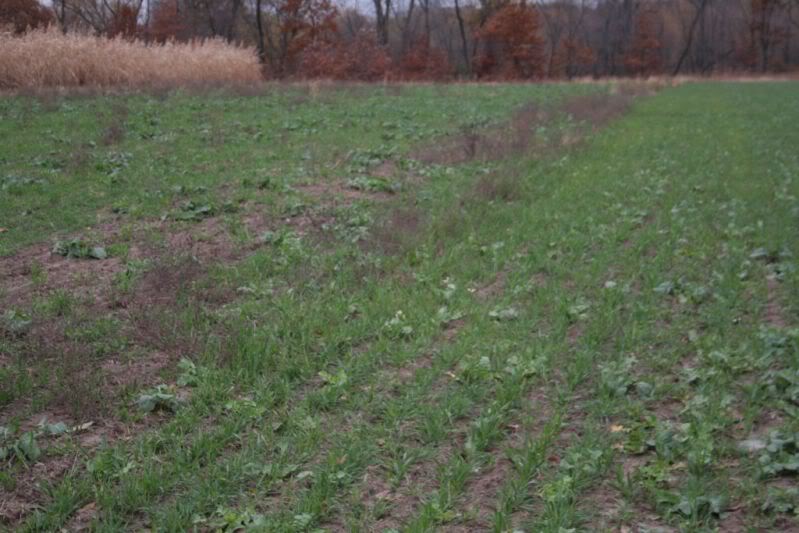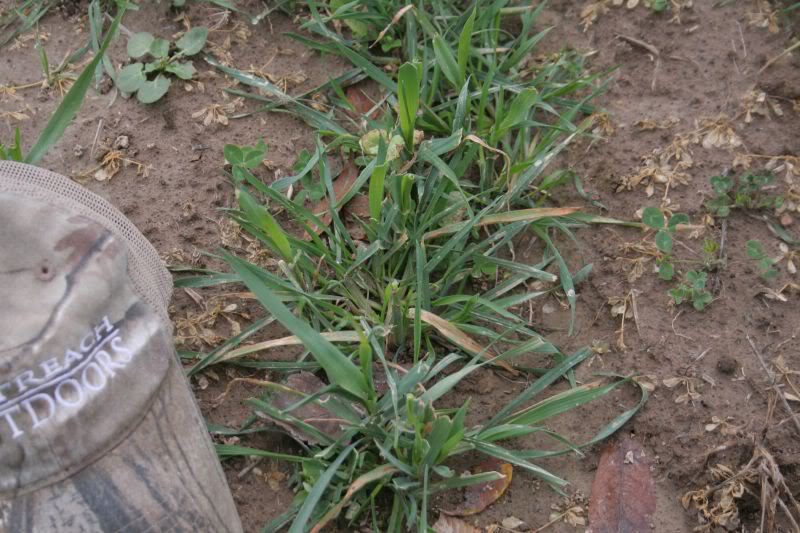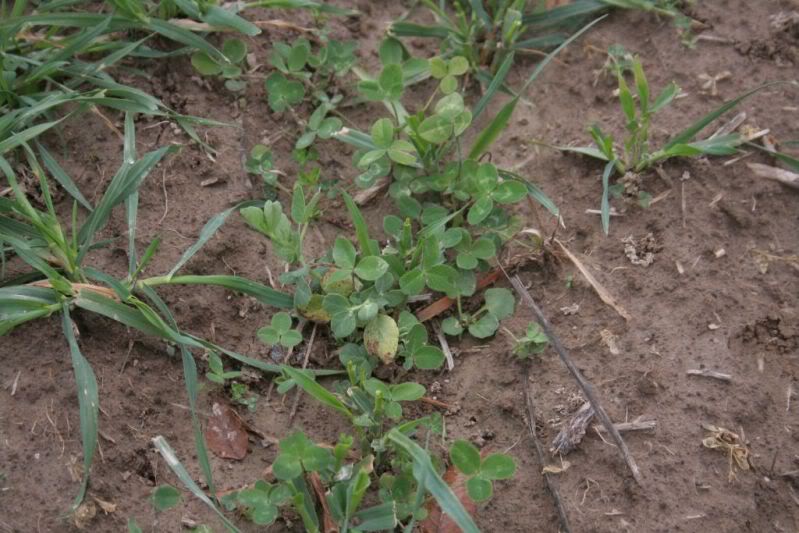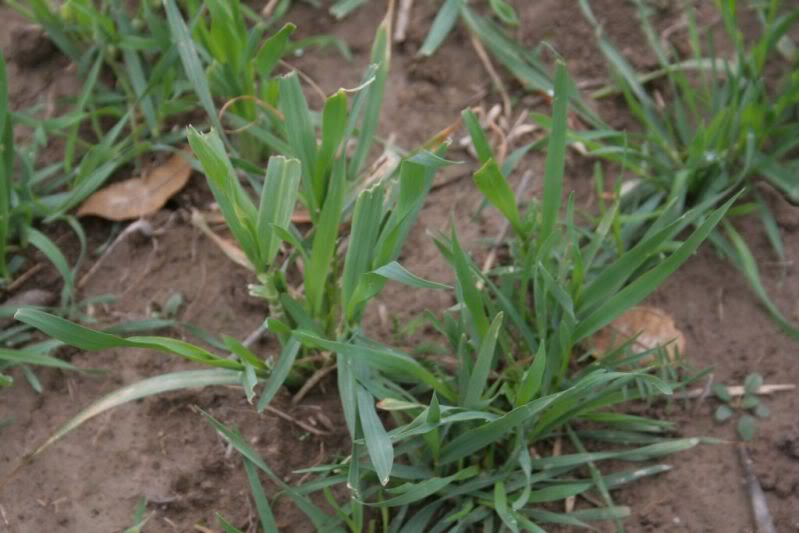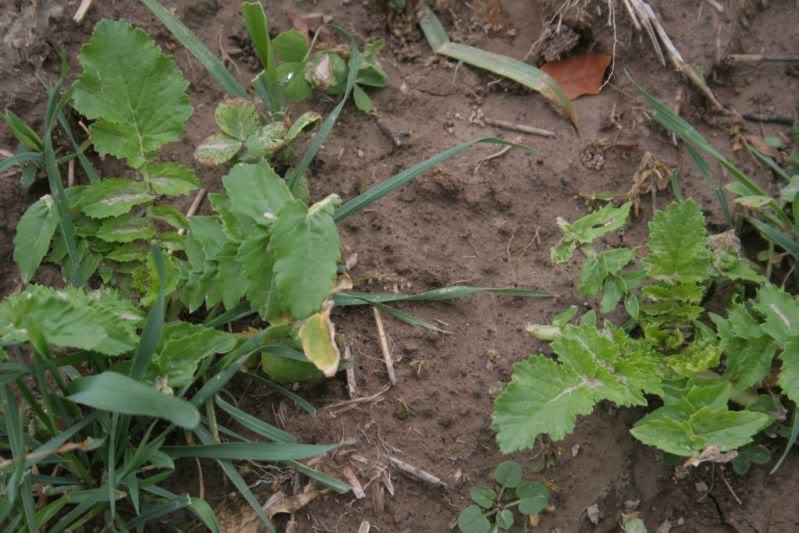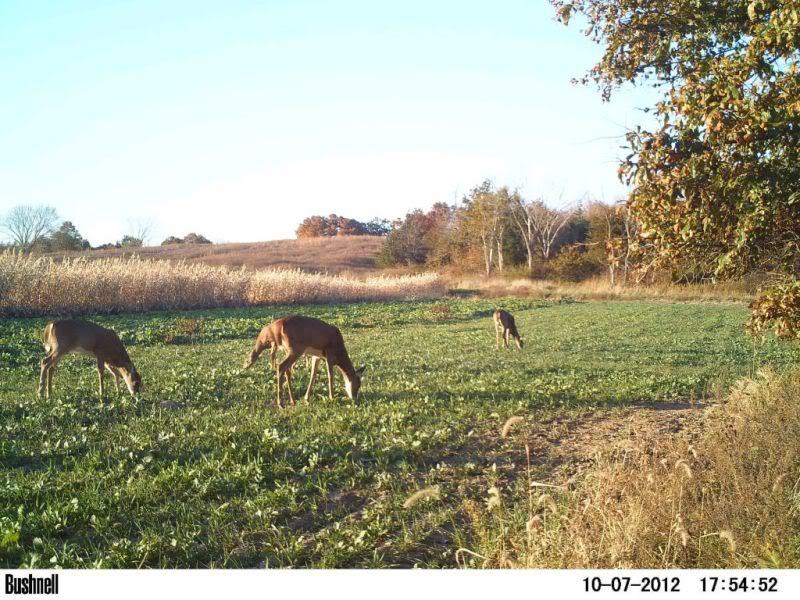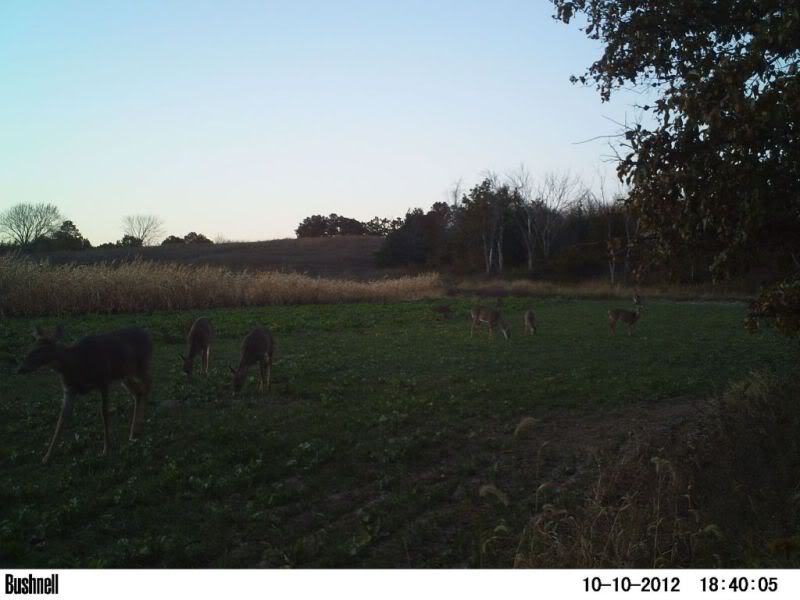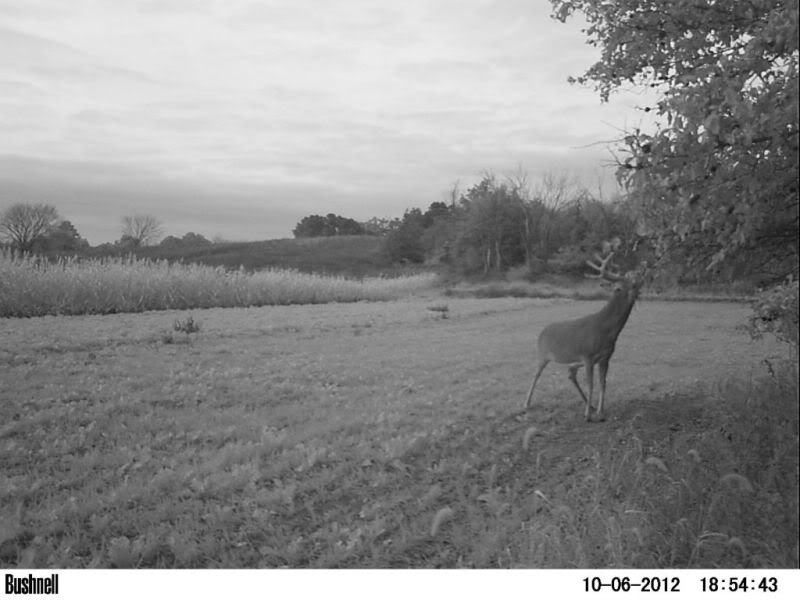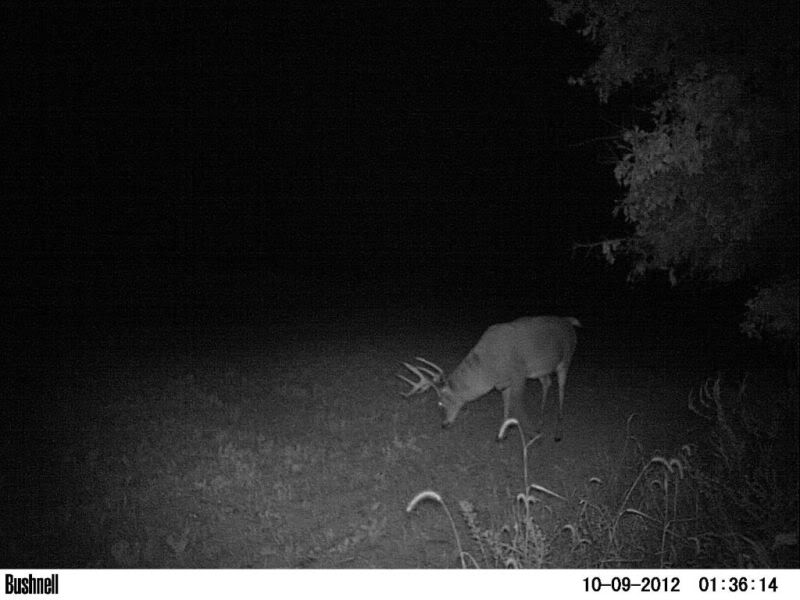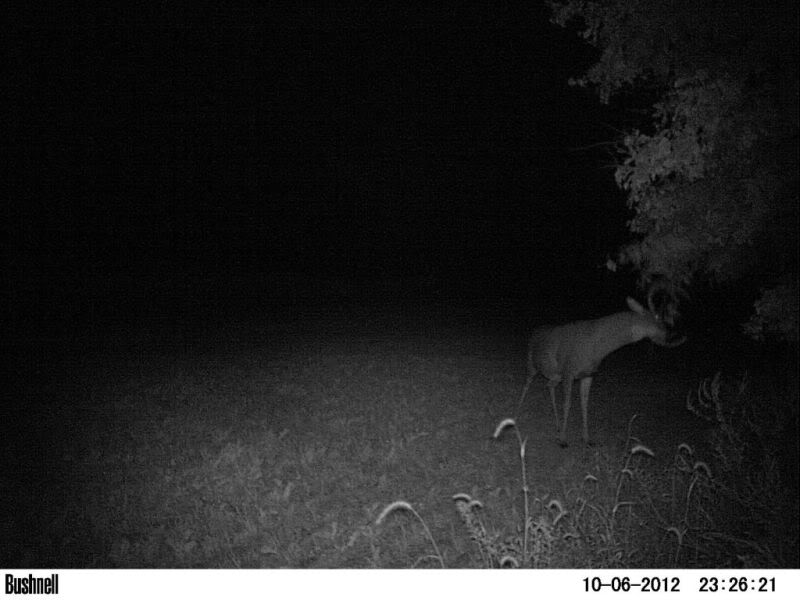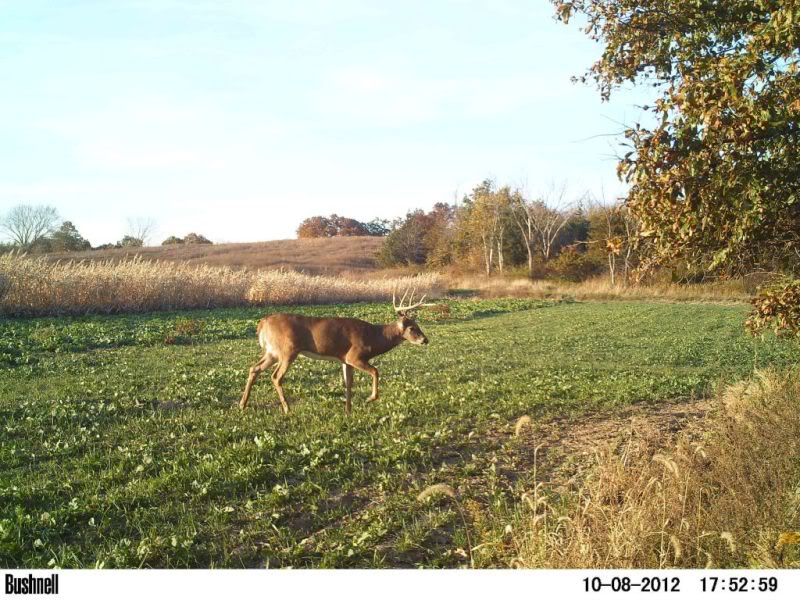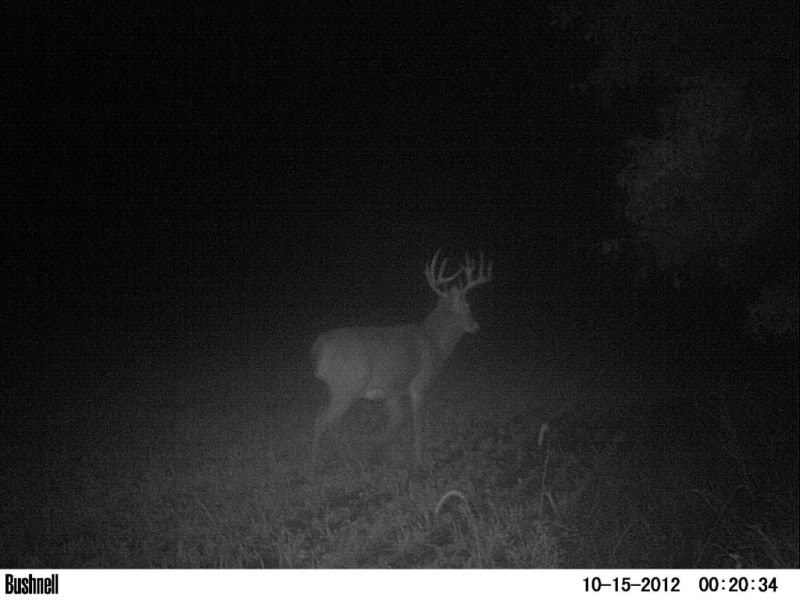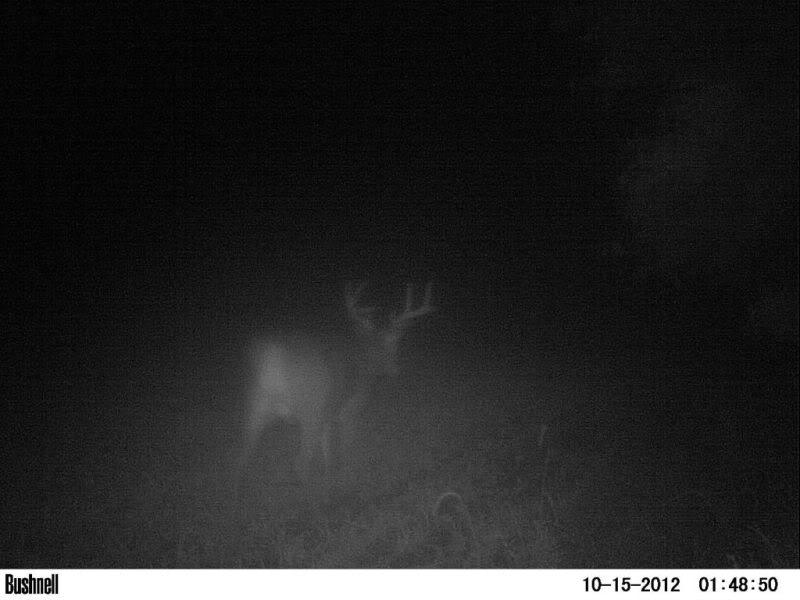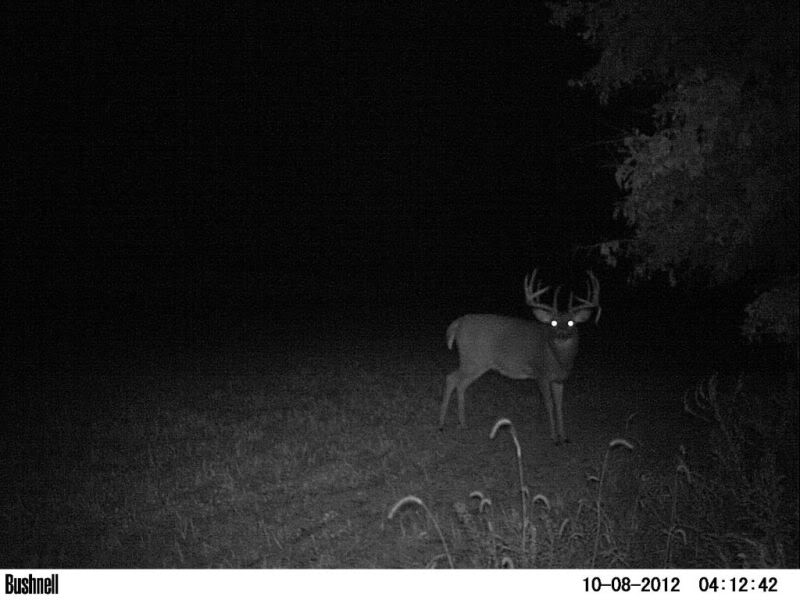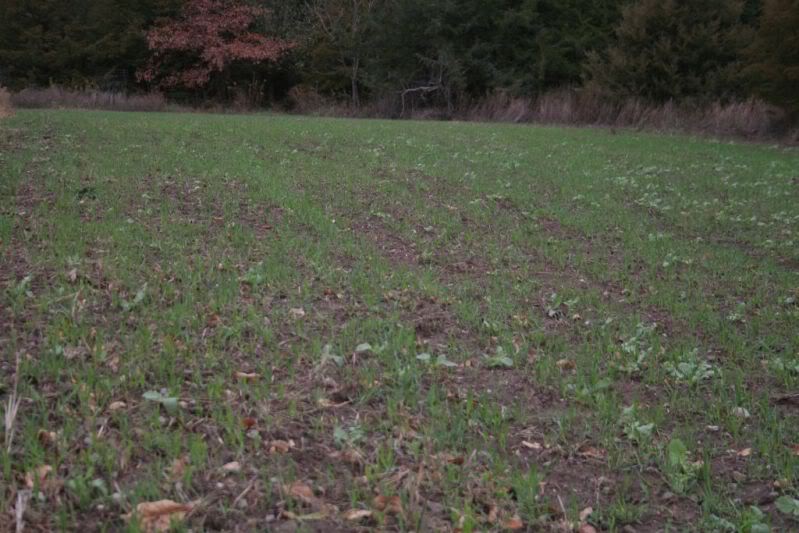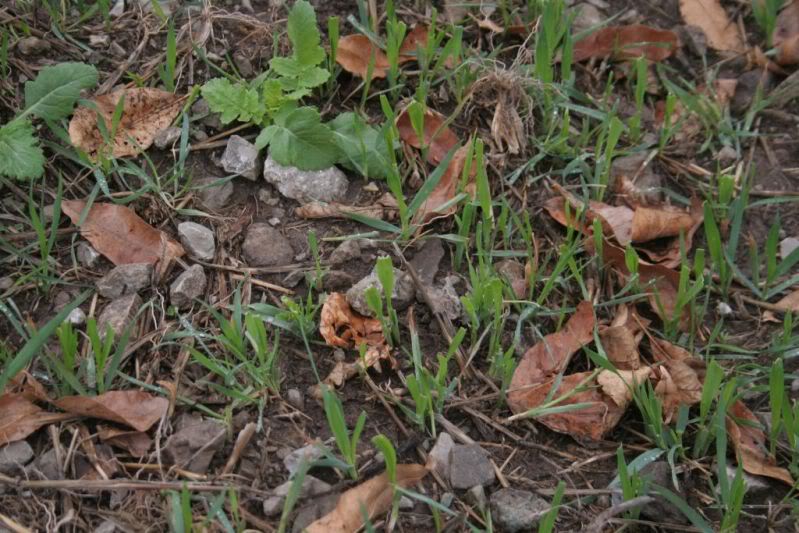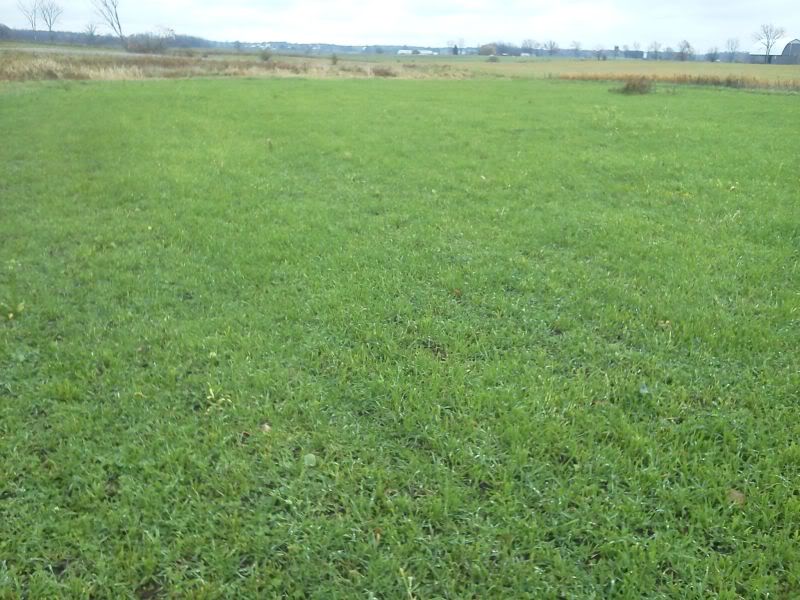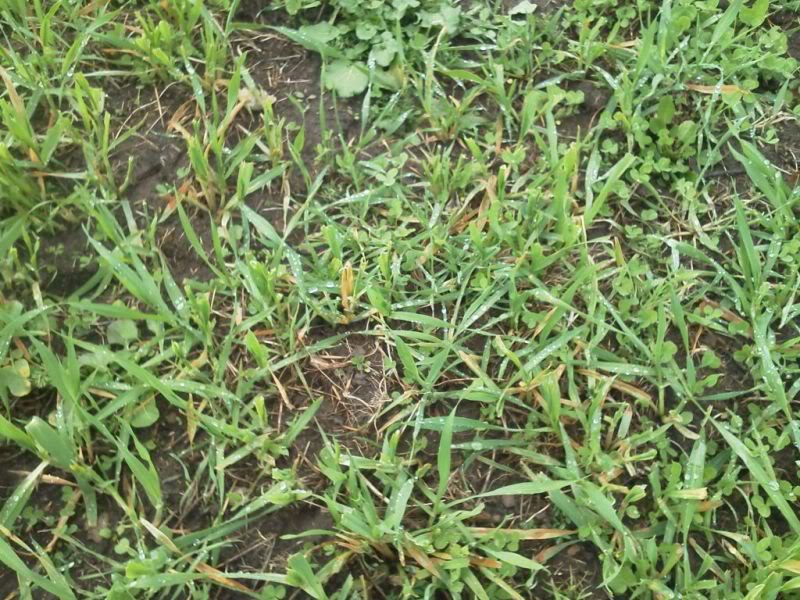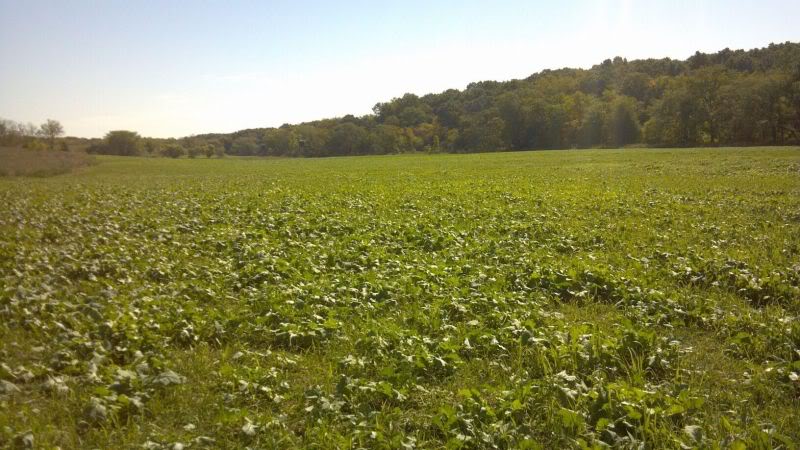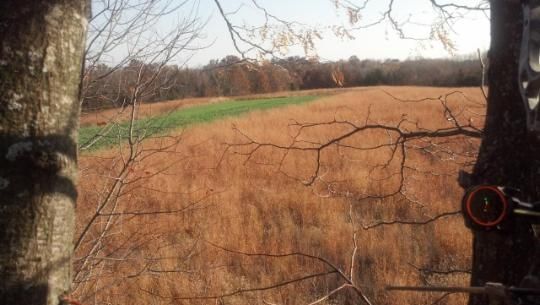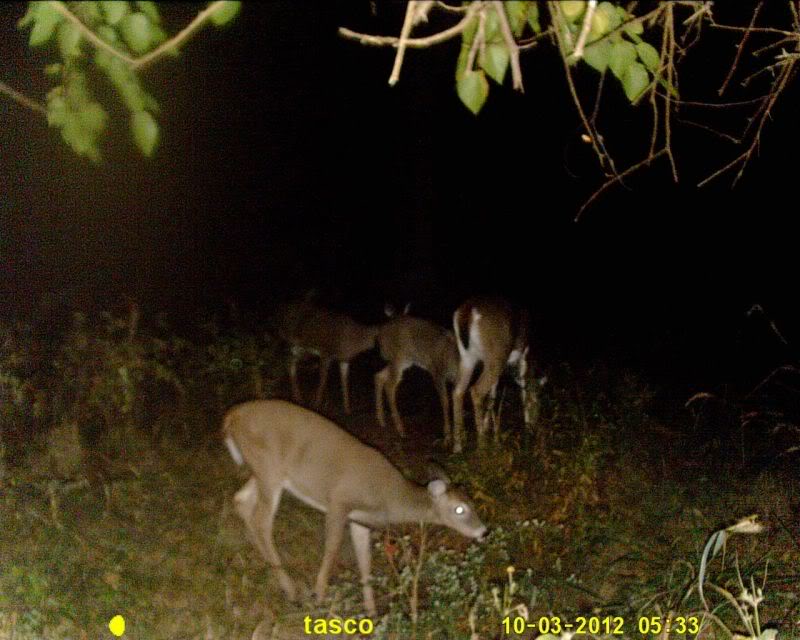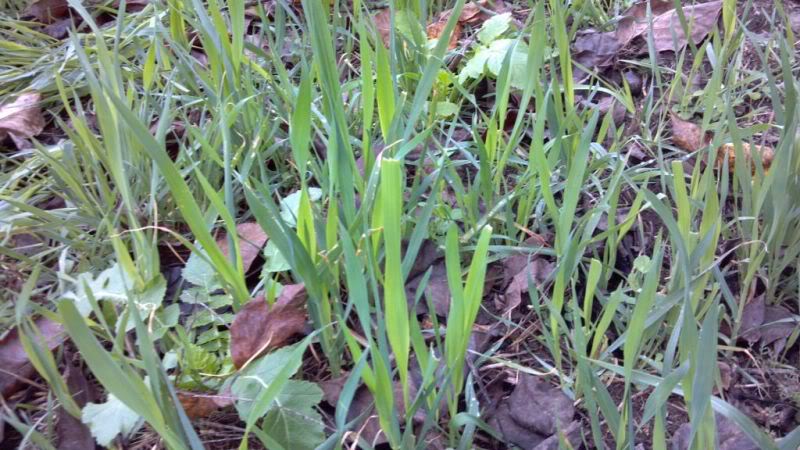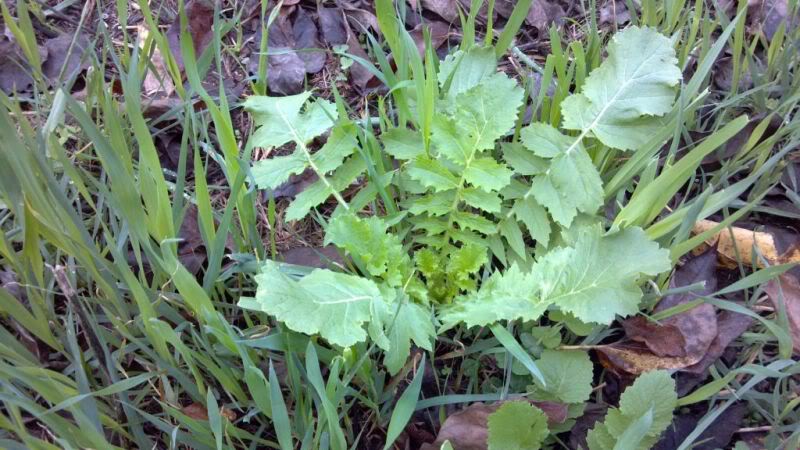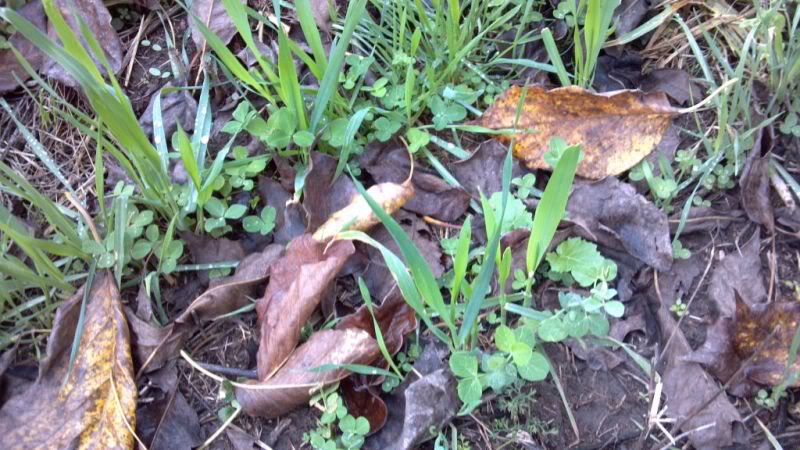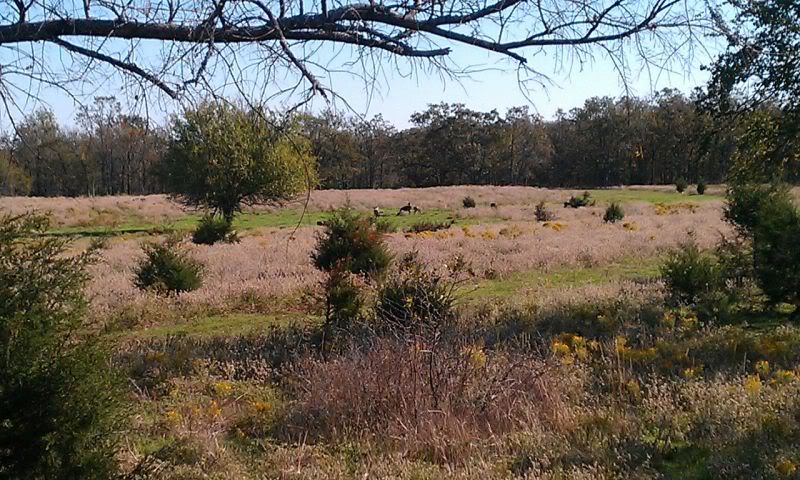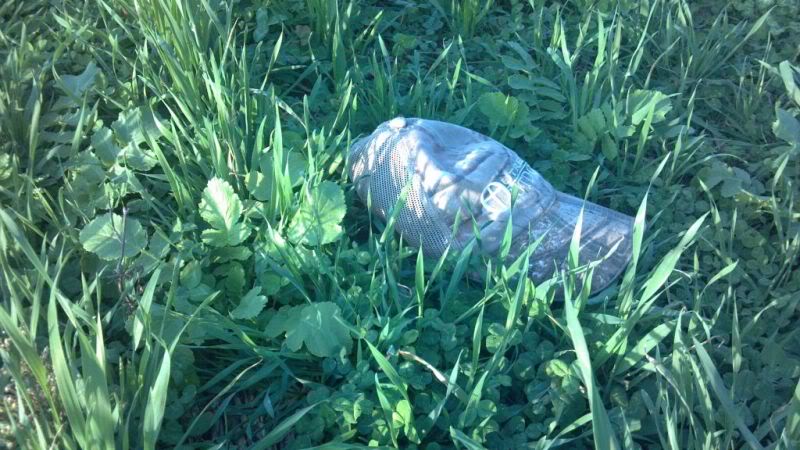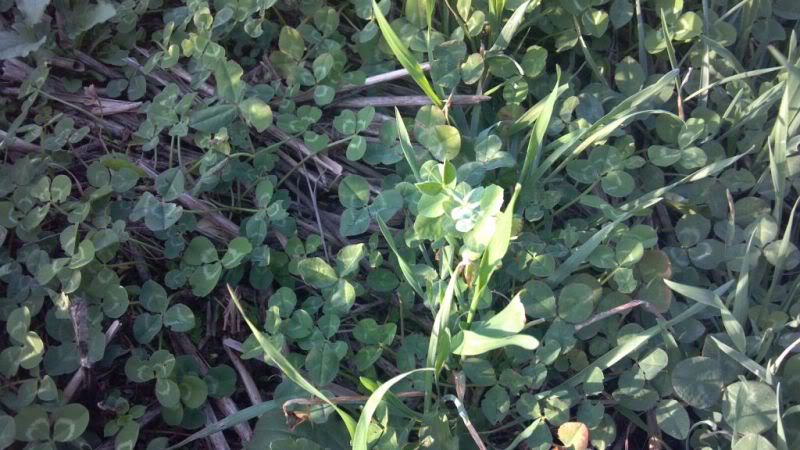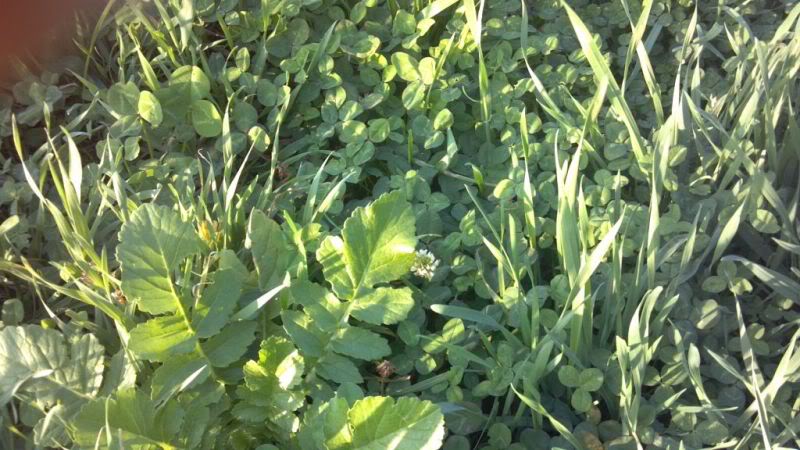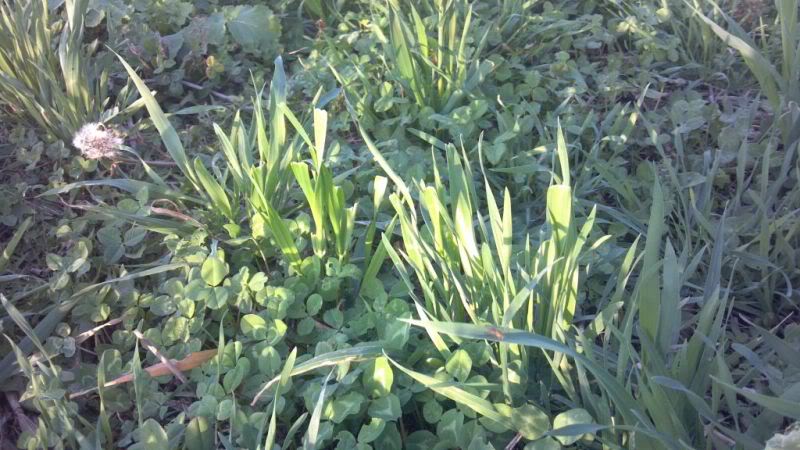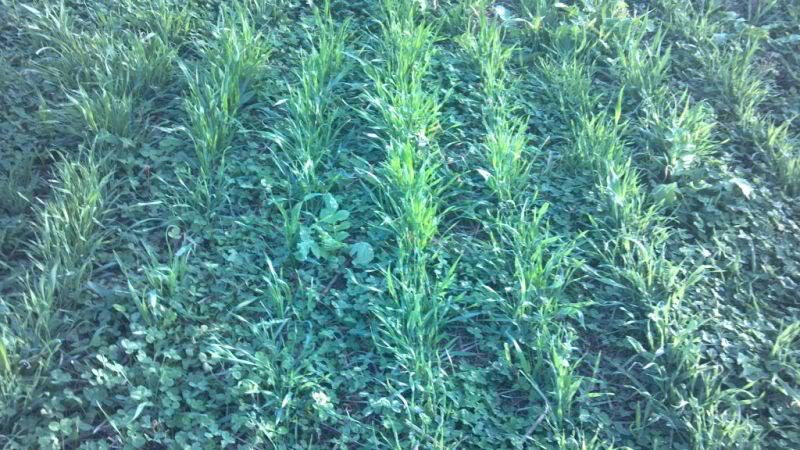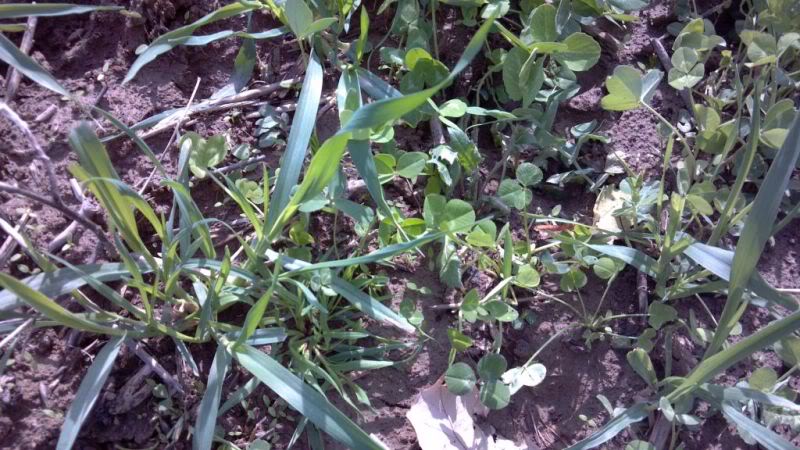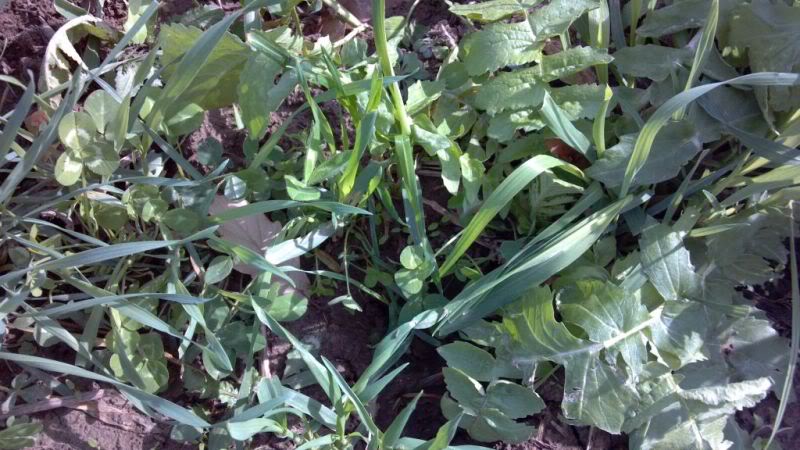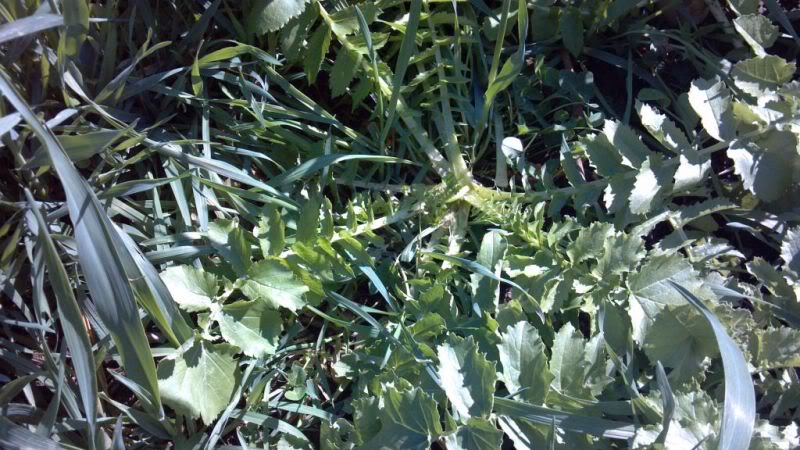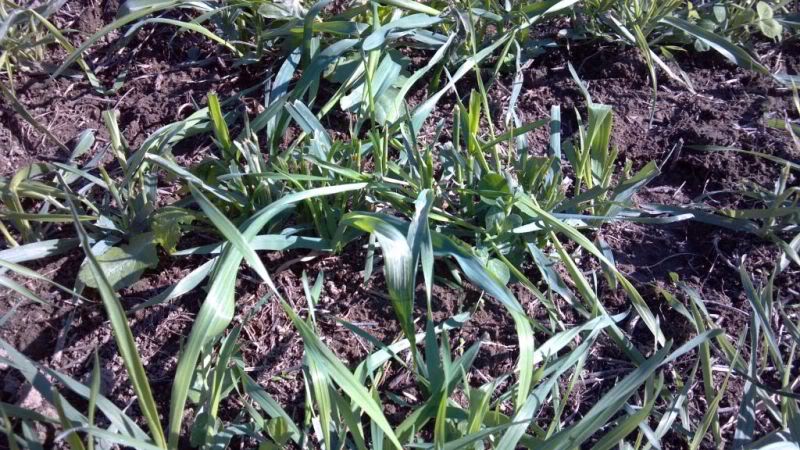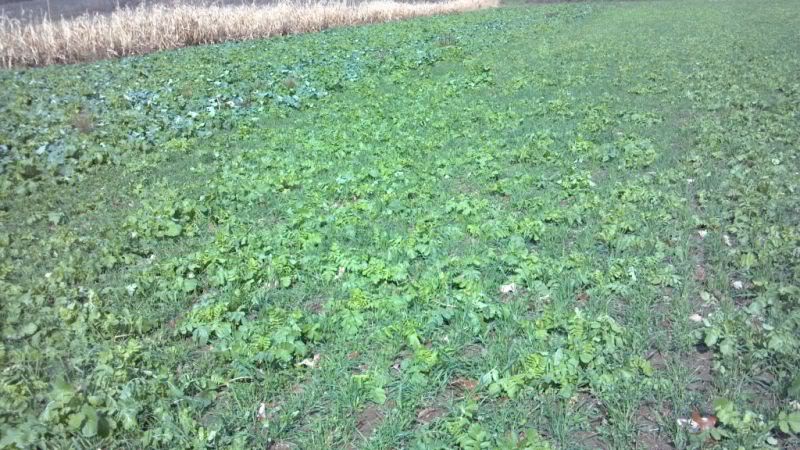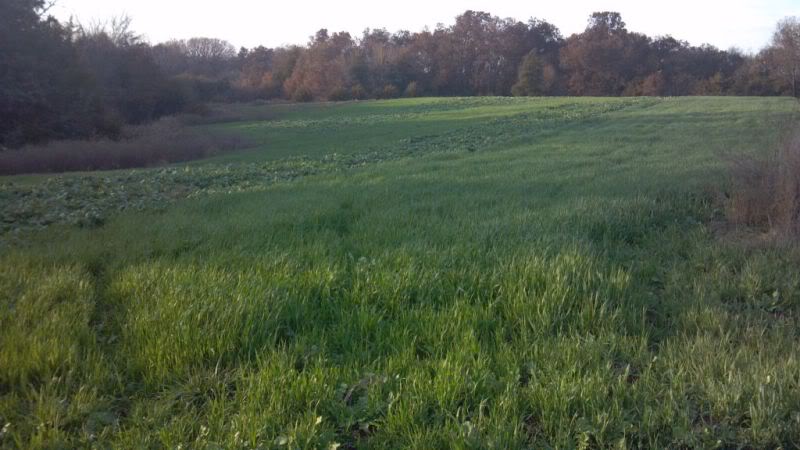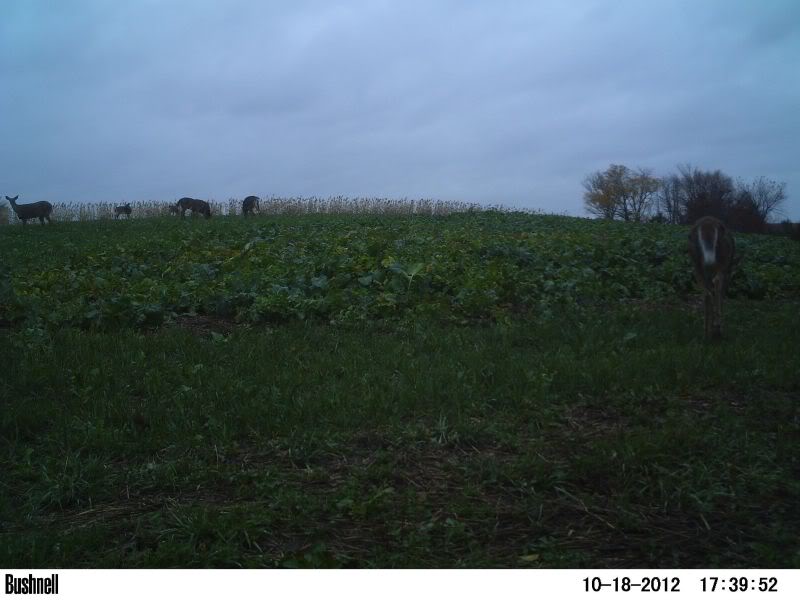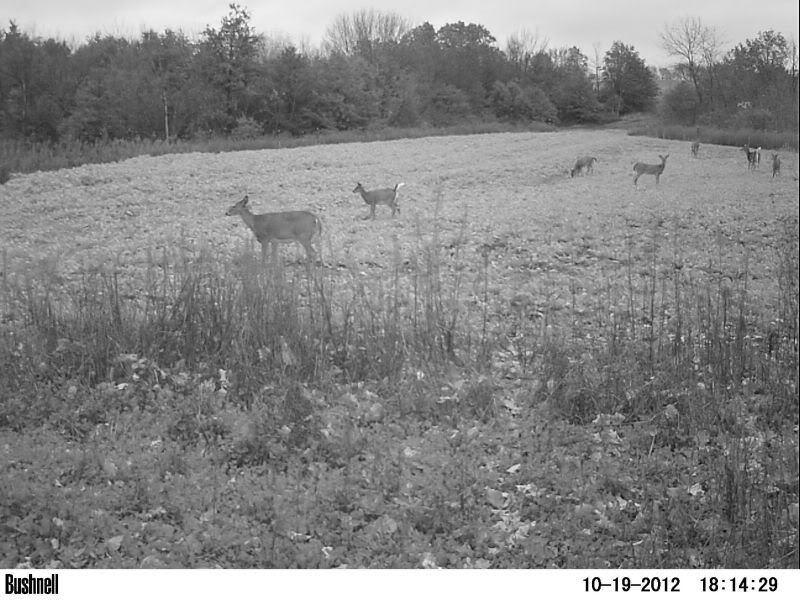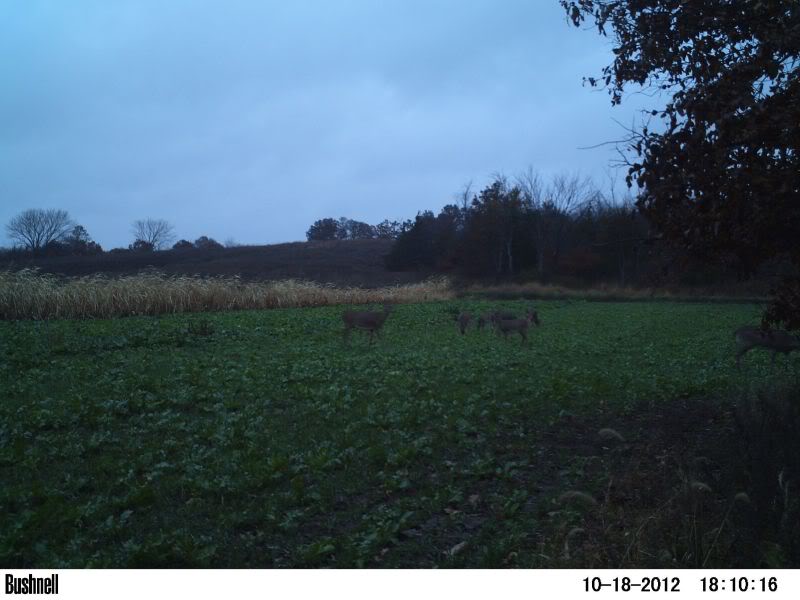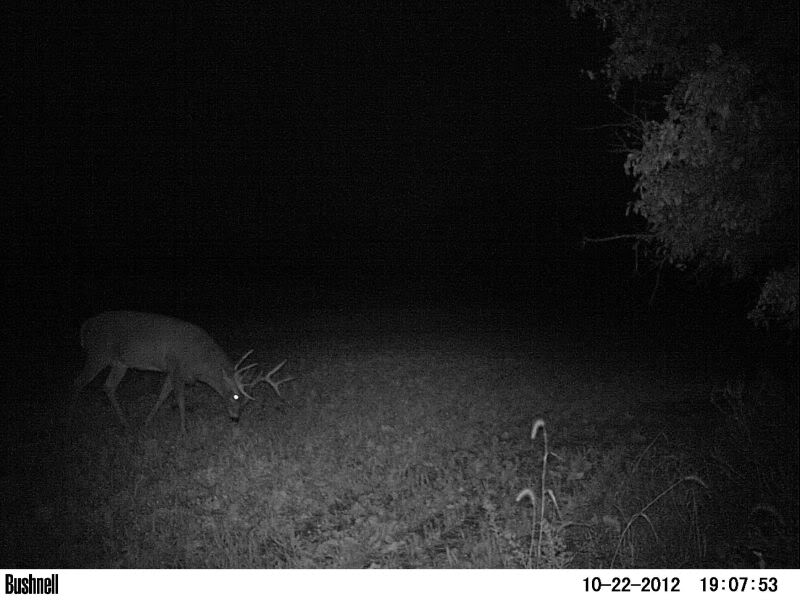Building better habitat
I am very blessed to be able to build whitetail habitat for a living, but how can one build habitat for any type of wildlife if you don't truly understand the creatures you wish to help? Habitat for pheasants for instance is somewhat different then for quail and the average bird hunter often has no idea what either bird really requires to live, breed and survive.
So it is with whitetails...the average hunter/landowner is able to spend very little time studying, observing, gathering data and putting it all together to really understand how whitetails live year around. Usually they see them for a short period of time during hunting seasons and that tends to shape or mold their thinking about what whitetails really need, what makes them tick? How far do they travel? What are their needs? What makes them feel safe? Why do they live here and not there?
Plenty has been written on this subject but to often the writers have no more knowledge on the subject then any average hunter because they to must work and their days are spent in an office versus the fields and timber. Their views are often further skewed by advertising dollars that pay their salary, so in the end our own thoughts and views on habitat may be tainted by confusing and misleading information, causing us to make poor decisions when it comes to habitat.
For my part, one of the most important aspects of my job is really understanding whitetails and how I can capitalize on what I learn to create the optimum habitat that provides for their needs 24-7, 365 days a year.
I have learned that if all of a whitetails needs are met within a small area, they will travel very little and their needs are thick dense cover and reliable food sources immediately adjacent to the cover/bedding. Part of my job involves checking large numbers of trail cams on many farms which gives me a unique window into whitetail movement that few people would be privy too and often I go through 50,000 cam pics in an evening. Bucks especially become easy to pattern and their range limitations become quickly apparent, most traveling less then a 1/2 mile other then during the rut.
Families of white deer for instance yield valuable information that has allowed me to see that whitetails (whose needs are being met) may travel as little as a 1/4 mile or less, sometimes barely a few hundred yards make up their daily movements.
You may wonder what, if anything all this has to do with growing food sources?? Knowing a whitetails habits and needs has everything to do with building better habitat and there is no one thing, no one crop, no single means of providing the kind of habitat that will cause them to travel...in very small circles.
Timber management and native warm season grass are two major habitat improvements that will do more to hold whitetails year around then any planted food source but when we combine optimum cover with a safe hidden food source ...we have the most successful combination!
Some try to minimize the value of cover and the proximity of cover to food, others fret about supposed palatablty concerns and hinge the success or failure of their habitat and hunting success on what they think deer like...all of which it could be said has them...barking up the wrong tree.
If deer are not eating your food sources you most likely have...
1) Very poor cover
2) Cover to far from feed
3) Few deer (because of poor cover)
4) Food sources that only offer food part of the year
5) Too much food for the number of deer using your habitat (including ag crops)
6) Food planted in open, insecure, unsafe areas
The pictures of deer that I share come from multiple farms and landowners but in each and every case we have created optimum cover thru the use of radical hinging and timber management techniques. We have created feeding areas of the appropriate size and number and then plant year around food sources within those fields and then...screen them so deer feel safe feeding there.
Deer literally bed yards away from the food source and eventually adapt to counting on that feeding area, eventually refusing to leave even when near by ag crops are harvested. You can create this exact same scenario on your farm but to do so, you must make thick dense cover...Job 1 and then provide feed adjacent to it.
Once that is accomplished...they will devour anything and everything you plant for them...this combination plot of rye/oats/peas/radish/clover on right and brassicas on left has already been demolished!
Heavy, thick cover borders this protected, safe feeding area but I would also add that large fields of soybeans, alfalfa and corn surround this plot...not yards away, but feet!
The rye mix has been eaten to the ground!
The brassica mix is now only a few inches high and alive only because deer have been focusing on the rye mix
The clover element of the plot has also been grazed hard and only a few inches high
Thick heavy cover then has EVERYTHING to do with plot usage and the proximity of the food source to cover of utmost importance!
Feeding areas should be screened, preferably with natural cover such as trees (conifers being ideal) but insulating whitetails from roads, buildings even just "wide open space" that makes deer feel uncomfortable using in daylight hours
The rye mix planted in that pic was no-tilled in to an area where because of extreme drought, brassicas did not emerge and whitetails....though they have never eaten rye before in their lives....are lapping it up!
The soil in this field is poor and contains little organic matter and this spelled doom for the brassicas planted there this year, but the same poor dry soil does not affect the rye mix in the slightest and shown here is the portion planted first on August 23rd.
because of heavy grazing, the earlier planted crop is only slightly taller then the crop planted nearly a month later!
Many places the rye and oats have been eaten off completely exposing the red clover that will keep deer fed next spring and summer
Deer will readily eat all cereal grains and they show no preference between rye and oats nor wheat and triticale when I have added those. So why not just use rye?
I plant rye at 50#'s per acre so that I have no concerns about competition with the red clover the following spring, but 50#'s is not enough to feed hungry whitetails putting on fat reserves in the fall. I add oats to help fill that need knowing they will freeze off leaving only the rye behind. This works perfectly because oats grow rapidly, much faster then rye at first and help provide quick fall forage...because it grows faster, oats obviously will initially be grazed harder. They will be taller and have wider leaves early on until the rye catches up.
The taller plants on left are oats and the winter rye is in foreground....the average landowner usually can not tell them apart
In this field they are not allowing the forage radish to put on much growth, keeping them grazed the ground as well
Another farm, another feeding area, a different set of deer....same thick surrounding cover, same hidden, screened feeding are, same combination of year around food sources (clover, brassicas and the rye mix)...same results!!
The rye/oat/pea/radish/clover mix is getting pounded!
Those deer know they can count on food being in that spot, every day, year around...they don't care there is corn, alfalfa and soybeans a short walk away...they don't care what forages are planted here...they are opportunistic animals that take advantage of any food source that they can safely feed on and...become adapted to coming here 365 days a year!
Of course...where the does are...so are the bucks...
and right now these "bulls" could care less about food...
They make their home in the NWSG and thick surrounding cover
No amount of food of any kind, size or shape...will draw them away from the girls
Don't be confused by people who place all the emphasis on food, or types of food...
provide for all their needs and your property will soon have more deer then you ever expected...
and done right...perhaps...the buck of a lifetime too boot...
The following are the crop combinations that have worked well for me and now, hundreds of other landowners across the country. Together...they provide year around food sources, lower herbicide and fertilizer needs, build organic matter and adapt whitetails to coming there day in and day out, making them incredibly easy to harvest....

Plant ALL in one plot in strips or blocks
Alice, Kopu II, Durana (or comparable) white clover 10% of plot, sow at 6#'s per acre with the rye combination in the fall or in the spring with oats and berseem clover. Correct Ph and P&K with soil tests
Brassicas in 45% of plot
Purple Top Turnips 3#
Dwarf Essex Rape 2#
GroundHog Forage radish 5#
Plant in mid to late July in most Midwest states, or 60-90 days before your first killing frost, Use 200#'s of 46-0-0 urea and 400#'s of 6-28-28 per acre. Follow the dead brassicas with oats and berseem or crimson clover in mid spring at 60#'s oats and 12-15#'s berseem clover and/or 50#'s of chickling vetch)
Cereal Grain combo in 45% of plot
Winter rye 50-80#'s per acre (56#'s = a bushel)
Spring oats 80-120#'s per acre (32#'s = a bushel)
Frostmaster Winter Peas or 4010/6040 Forage peas 20-80#'s per acre
Red Clover 8-12#'s per acre or white clover at 6#'s per acre (or 20-40 pounds hairy vetch and 20-30#'s crimson clover on sandy soils)
Groundhog Forage Radish 5#'s per acre
Plant in late August to early September, if following well fertilized brassicas use 100 - 200#'s of urea, if starting a new plot add 400#'s of 6-28-28
Rotate the brassicas and rye combo each year



